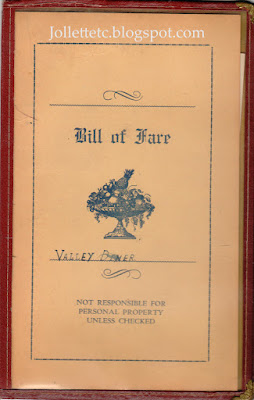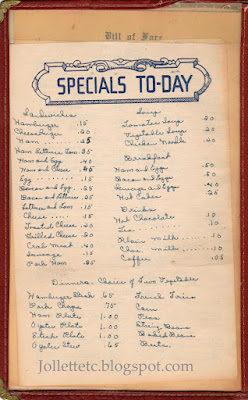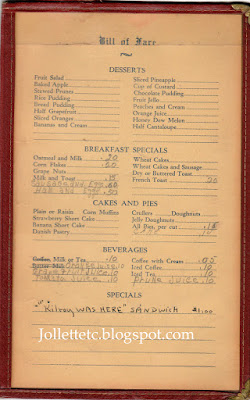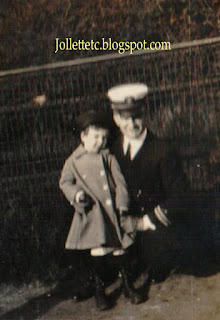Sepia Saturday challenges bloggers to share family
history through old photographs.
This week’s Sepia Saturday photo of a baseball player is
the perfect prompt for a story about my granduncle Woody Woodring.
Unfortunately for me, I already wrote that story. However, when I told Woody’s story in 2012, I thought his last season as a professional baseball player was
in 1929. I have since discovered that is not so. While his career lasted only
another 5 years, he did enough to earn him his very own baseball card.
Reading “Portland” on the card confused me at first
because my research had revealed only his time with the Martinsburg Blue Sox,
part of the Blue Ridge League, and with the team representing the Shops of the
Norfolk & Western Railroad. A clip in the Portland Oregonian dated January
1925 revealed there was much more to Woody’s story, attesting to his strength
as a catcher.
A month later, the story was quite different. The sports
reporter for the Portland Oregonian praised Woody for his arm. In his last year
with the Blue Sox, Woody’s fielding percentage was .994 in 72 games, the best
fielding record ever by a catcher in the Blue Ridge league. He was credited
with 46 assists in 359 chances and was charged with only 2 errors. Impressive.
 |
| from Portland Oregonian, Feb 15, 1925 |
But then the reporter went on to caution, “There’s always a
flea in the bed somewhere.”
That “flea” was Woody’s batting average. He
predicted Woody would never be the starting catcher, no matter how good he was
at it, if he couldn’t hit, run, score.
Woody played in the minor leagues about the time many of
the teams started aligning with the big boys. The Portland Beavers were part of
the Philadelphia Athletics organization. Despite boasting a roster of players
who later achieved Hall of Fame status, the Beavers repeatedly finished in the
bottom half of the league. How long Woody remained with the team is not known. However,
a news article from 1930 indicates that at some point he had returned home to
Martinsburg, West Virginia and was back with the Blue Sox.
For some reason he was released but quickly grabbed up by
the Cumberland Colts in Maryland. After that, there is another gap in Woody’s
career. As before, he made his way back to Martinsburg. In 1934, a news article
reported he decided to resign as manager of the Blue Sox because the time
commitment interfered with his business interests.
 |
| from Evening Sun Hanover, PA May 31, 1934 |
Those “business interests” were not likely any fancy
investments or wheeling and dealing. On the contrary, it is more likely he
needed a “real job” that paid better than minor league baseball. In 1932, he
was a driver for Standard Oil.
Then at least before 1939 he became a salesman
for Corkran Hill & Company, a distributor of meat, cheese, and margarine. What a
bonus to get a company car!
 |
| Woody's car Corkran Hill & Co. |
That was his career until the day he died at the ripe ol’
age of 47 (!) in January 1951.
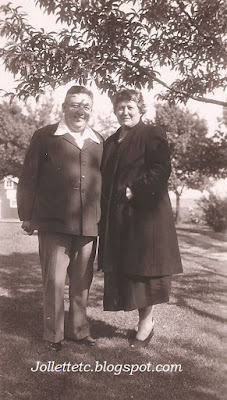 |
| Woody and my grandaunt Velma 1949 |
Wendy
© 2017, Wendy Mathias.
All rights reserved.











